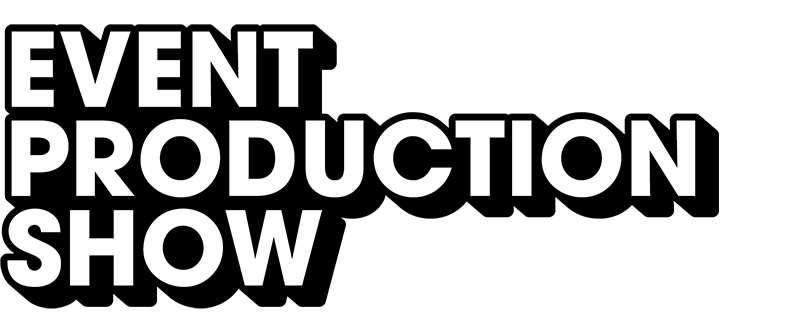Highlighting the Influence of Lighting Methods on the Craft of Video Projections Mapping
Highlighting the Influence of Lighting Methods on the Craft of Video Projections Mapping
Blog Article
Motion projection mapping is an innovative art medium that combines technology and creativity to convert ordinary spaces into extraordinary visual displays. This method involves projecting graphics and videos onto 3D objects, such as structures, sculptures, or platforms. One of the key significant elements in creating effective projection in the use of effective illumination techniques. Proper illumination enhances the aesthetic elements of the display and ensures that the visuals are clear and captivating. This piece examines the impact of illumination techniques on motion mapping and how they can elevate the complete experience.
Lighting plays a vital part in video projection because it sets the atmosphere and feel of the exhibit. Different lighting techniques can evoke various feelings and responses from the viewers. For example, using soft, warm illumination can create a inviting atmosphere, while bright, cold illumination may create a more dynamic or dramatic effect. By carefully selecting light colors and intensities, artists can influence how audience interpret the projected images, leading to a more immersive experience. The balance between mapping luminance and ambient light is essential, as it can greatly impact the clarity and effect of the images.
In addition to, hue and brightness, the direction of light also influences the effectiveness of projection. Lighting from different angles can create contrast and highlights that add depth to the projected images. This technique, known as light and shadow, can improve the three-dimensionality of the objects being mapped. Furthermore, using dynamic lights can add dynamism to the display, making the experience more engaging for the viewers. When the light collides with the mapped images, it can produce an effect of motion and change, capturing the viewers' attention.
Another essential aspect of lighting in projection is the use of special effects. Techniques such as patterned illumination, which employs shapes and forms to project light, can introduce depth and complexity to the projections. This method enables artists to layer images and create visually captivating results click now that enhance the projection. Additionally, adding laser lights or light-emitting diode illumination can further enhance the display, offering a unique blend of sight components that attract the audience in. These special effects, when used thoughtfully, can transform the projection beyond a simple projection design for theater display to an immersive work of art.
In summary, the influence of illumination methods on motion mapping is profound. By understanding how different lighting elements interact with mapped visuals, creators can produce captivating experiences that resonate with viewers. The thoughtful choosing of hue, brightness, direction, and special effects allows for a rich tapestry of sight narrative. As technology continues to grow, the possibilities for artistic showcasing in mapping will only expand, making lighting an ever-important component in this innovative creative medium.